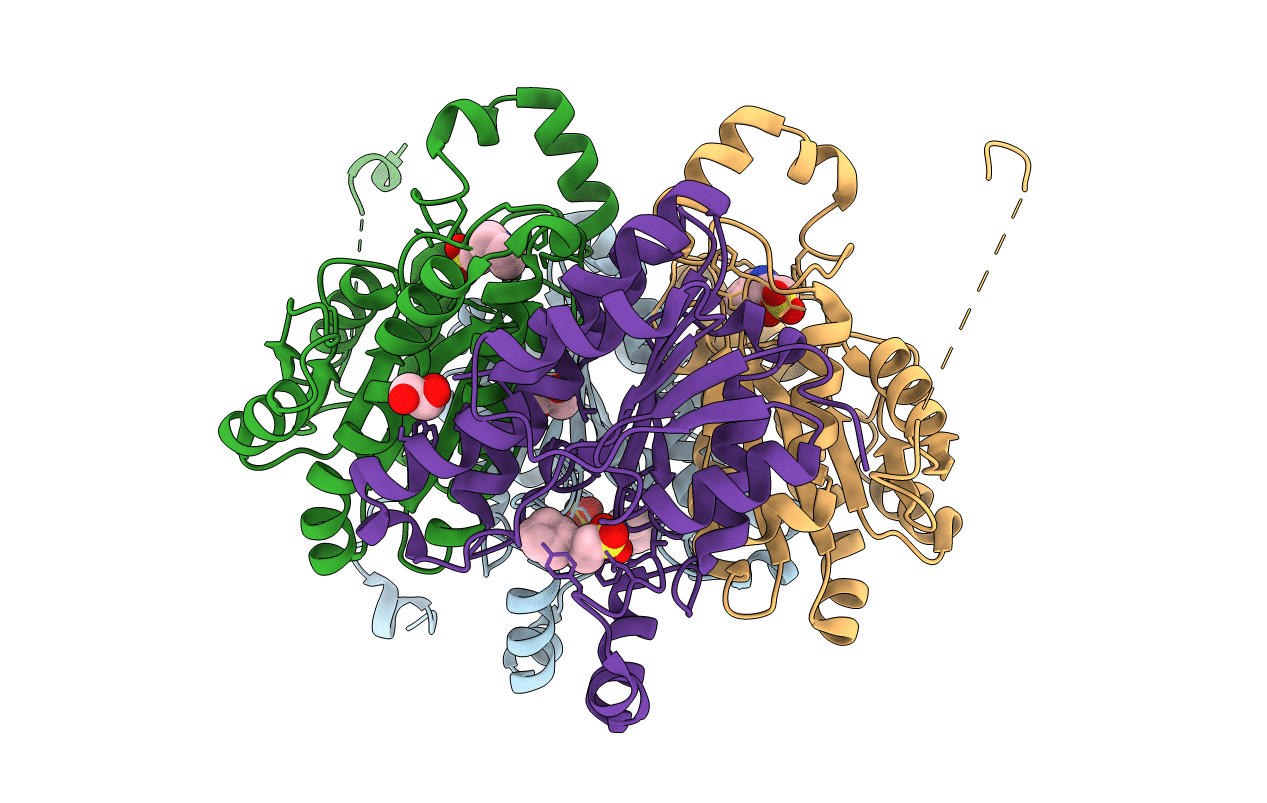
Deposition Date
2020-12-09
Release Date
2021-04-07
Last Version Date
2024-06-19
Entry Detail
PDB ID:
7B73
Keywords:
Title:
Insight into the molecular determinants of thermal stability in halohydrin dehalogenase HheD2.
Biological Source:
Source Organism:
gamma proteobacterium HTCC2207 (Taxon ID: 314287)
Host Organism:
Method Details:
Experimental Method:
Resolution:
1.60 Å
R-Value Free:
0.21
R-Value Work:
0.17
R-Value Observed:
0.17
Space Group:
P 21 21 21


